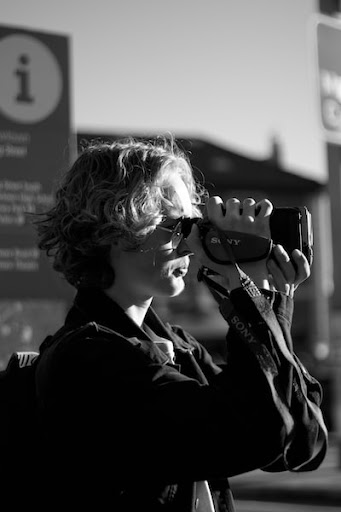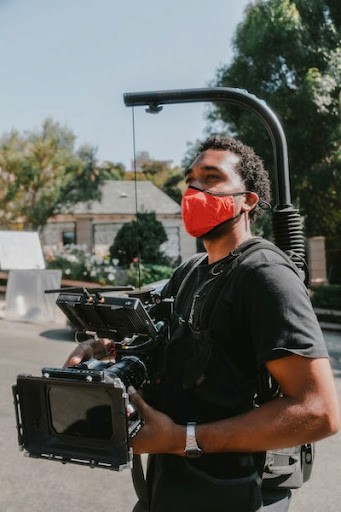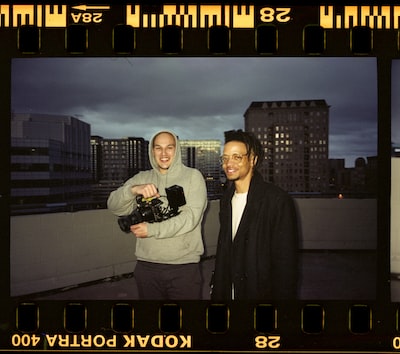
Videography is a vital skill in the digital era. Whether you are an accomplished filmmaker or a hobbyist, grasping the art of videography can refine your ability to capture and narrate engaging stories through video.
In this blog post, we will explore various techniques, tips, and tools that can help you become a master videographer. The visual impact, once you adopt these skills, will bring your work to the next level.
From comprehending the fundamentals of composition and lighting to employing advanced editing techniques, this guide will equip you with the knowledge and resources to enhance your videography skills.
The Importance of Composition

Composition is the arrangement of elements within your frame that creates a balanced visual. It can make or break your photos or videos, as it influences how the viewer perceives and interprets your message. There are some basic rules and guidelines that can help you improve your composition, such as:
Rule of Thirds: Placing your subject off-centre can create a more aesthetically pleasing composition. Divide your frame into a 3x3 grid and place your subject along the lines or at the intersections. This creates a sense of equilibrium and movement in your visuals, as well as leaving some negative space for the background or other elements.
Leading Lines: Utilize natural or artificial lines in your frame to direct the viewer’s eye towards the subject. Examples include roads, fences, or even the curves of a person’s body. This creates a sense of direction and depth in your visuals, as well as emphasizing the importance of the subject.
Framing: Use elements within the scene to enclose your subject and draw attention to it. This can be done with doorways, windows, or even tree branches. This creates a sense of focus and isolation in your visuals, as well as adding some contrast and texture to the scene.
Creative Composition: To achieve a creative composition, you can experiment with different angles, perspectives, and movements that can add interest and dynamism to your visuals. For example, you can use a low angle to make your subject look more powerful or dominant, or a high angle to make them look more vulnerable or submissive. You can also use a tilt or a pan to create some motion or suspense in your visuals.
Lighting Techniques

Lighting is another crucial factor that affects the quality and mood of your photos or videos. It can create contrast, depth, and drama in your visuals, as well as highlight or conceal details. There are different types of lighting that you can use depending on the time of day, the location, and the effect you want to achieve, such as:
Golden Hour: The hour after sunrise and the hour before sunset provides soft, warm lighting. Creates a magical and ethereal atmosphere in your photos or videos. This is one of the best times to shoot outdoors, as the sun is low in the sky and casts long shadows and rich colours. You can use this lighting to create a romantic or nostalgic mood in your visuals.
Backlighting: Positioning your subject in front of a light source creates a halo effect. Adds depth and drama to your visuals. This can be done with natural light sources like the sun or artificial ones like lamps or candles. You can use this lighting to create a silhouette or a rim light effect on your subject, which can accentuate their shape or outline.
Fill Light: Use additional light sources to fill in shadows and balance the exposure. This can be achieved with reflectors, flash, or even a second light source. This can help you avoid underexposed or overexposed areas in your visuals, as well as create some contrast and dimension on your subject.
Storytelling through Visuals

Storytelling is the art of conveying a message or a narrative through images and sounds. It can make your photos or videos more engaging and memorable, as well as evoke emotions and reactions from the viewer. There are different types of shots that you can use to tell a story through visuals, such as:
Establishing Shots: Wide-angle shots that set the scene and provide context. Helps the viewer understand the location and atmosphere of the story. These shots are usually taken at the beginning or end of a scene or sequence and show the overall setting or environment where the action takes place.
Detail Shots: Close-up shots that capture the small details and emotions. Adds depth and intimacy to your visuals. These shots are usually taken during or after an action or dialogue and show the expressions, gestures, or objects that reveal something about the character or situation.
Action Shots: Freeze the moment and capture the action as it happens. Adds excitement and energy to your photos or videos. These shots are usually taken at the peak of an action or movement and show the dynamics, speed, or impact of what is happening.
Editing and Post-Processing
Editing and post-processing are the final steps that can enhance and polish your photos or videos. They can help you correct any flaws, adjust any colours, crop any frames, and add any effects that can improve your visuals. There are various software and tools that you can use for editing and post-processing, such as:
Colour Grading: Adjusting the colours to create a specific mood or atmosphere. This can be done with software like Adobe Lightroom or Final Cut Pro. This can help you create a consistent and coherent look for your photos or videos, as well as enhance or alter the tone and feel of your visuals.
Cropping and Framing: Removing unnecessary elements and focusing on the main subject. Helps to improve the composition and draw attention to the important details. This can help you eliminate any distractions or clutter in your visuals, as well as create some balance and symmetry in your frame.
Adding Effects: Experiment with filters, overlays, and other effects to enhance your visuals. Be careful not to overdo it and maintain a natural look. This can help you add some flair and creativity to your photos or videos, as well as create some interest and variety in your visuals.
Conclusion
Capturing memories through videography and photography is not just about pressing a button. It requires an understanding of composition, lighting techniques, storytelling, and post-processing. By mastering these skills, you can create visuals that not only preserve your memories but also stimulate emotions and tell a story. So grab your camera or smartphone, and start capturing the world around you in a whole new way.
8 Nov 2023